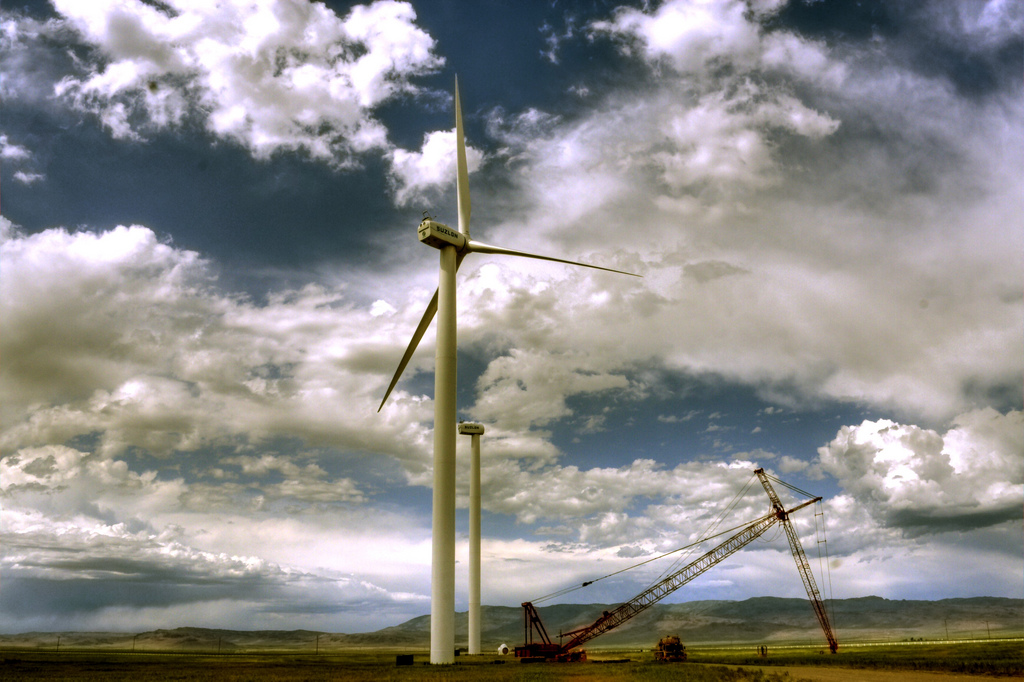WASHINGTON — Environmental Protection Administration chief Gina McCarthy on Wednesday defended the Obama administration’s new plan setting carbon dioxide emission rates for power plants for the first time, saying it eventually will save $45 billion a year and help slow climate change.
President Barack Obama and the EPA announced the Clean Power Plan on Aug. 3.
“We use the same rate for every coal-fired plant no matter what state you are in, and we use the same rate for gas-fired plants,” EPA Administrator McCarthy said at a panel discussion. “Along with uniform rates, our plan sets pollution reduction goals that are unique to each state, based on their energy mix.”
Power plants are the largest source of carbon dioxide emissions in the United States, making up roughly one-third of all domestic greenhouse gas emissions, according to the EPA’s research.
“By now we all know that climate change is driven in large part by carbon pollution, and it leads to more extreme heat, cold, storms, fires and floods,” McCarthy said. “For farmers who are strained by the drought, for families with homes in the path of a wildfire, for small businesses along our coastlines, climate change is indeed very personal.”
According to McCarthy, the plan will help slash carbon pollution from the power sector 32 percent below 2005 levels by 2030, and sulfur dioxide emissions from power plants by 90 percent during the same period.
However, Paul “Chip” Knappenberger, assistant director at Cato Institute, a public policy research organization, points out some downsides of the plan.
The plan hurts coal, which is a very cheap and reliable energy source. And it’s neutral when it comes to natural gas-fired power plants and nuclear power, Knappenberger said in an interview.
“Those are the ones that sort of provide base load power,” Knappenberger said. “It (the plan) favors electricity produced by wind and solar. That’s very variable.
“If you put too much variable sources and reduce the number of base load sources, it’s a potential impact to the reliability of the grid and reduces the choice that people could have.”
But Raymond Kopp, co-director of the Resources For the Future advocacy group that sponsored McCarthy’s discussion, called the Clean Power Plan “the most significant development in U.S. history with respect to climate change.”
Knappenberger, an an interview, said his libertarian think tank applied a publicly available climate model emulator called MAGICC, developed with funding from the EPA, and found that the plan’s carbon dioxide restrictions would only lower global temperatures by “less than two one-hundredths of a degree Celsius by the year 2100,” Knappenberger said.
“That’s the amount of temperature change a person will experience in about every second of life,” he wrote in a recent Cato research paper.
McCarthy didn’t mention temperature changes, but highlighted cost savings.
“Our plan is projected to lead up to $45 billion a year in net benefits in 2030. Those benefits will continue to accrue,” she said. “In the same year, the average American family will start seeing $85 in annual savings on their utility bills.”
Again, Knappenberger had a different opinion: “The plan is by definition almost making electricity more expensive, or at least making fossil fuel electricity more expensive. Fossil fuel produces two thirds of all electricity right now. The other third, renewables, are already more expensive. To me that’s going to be a negative drag of the economy.”


